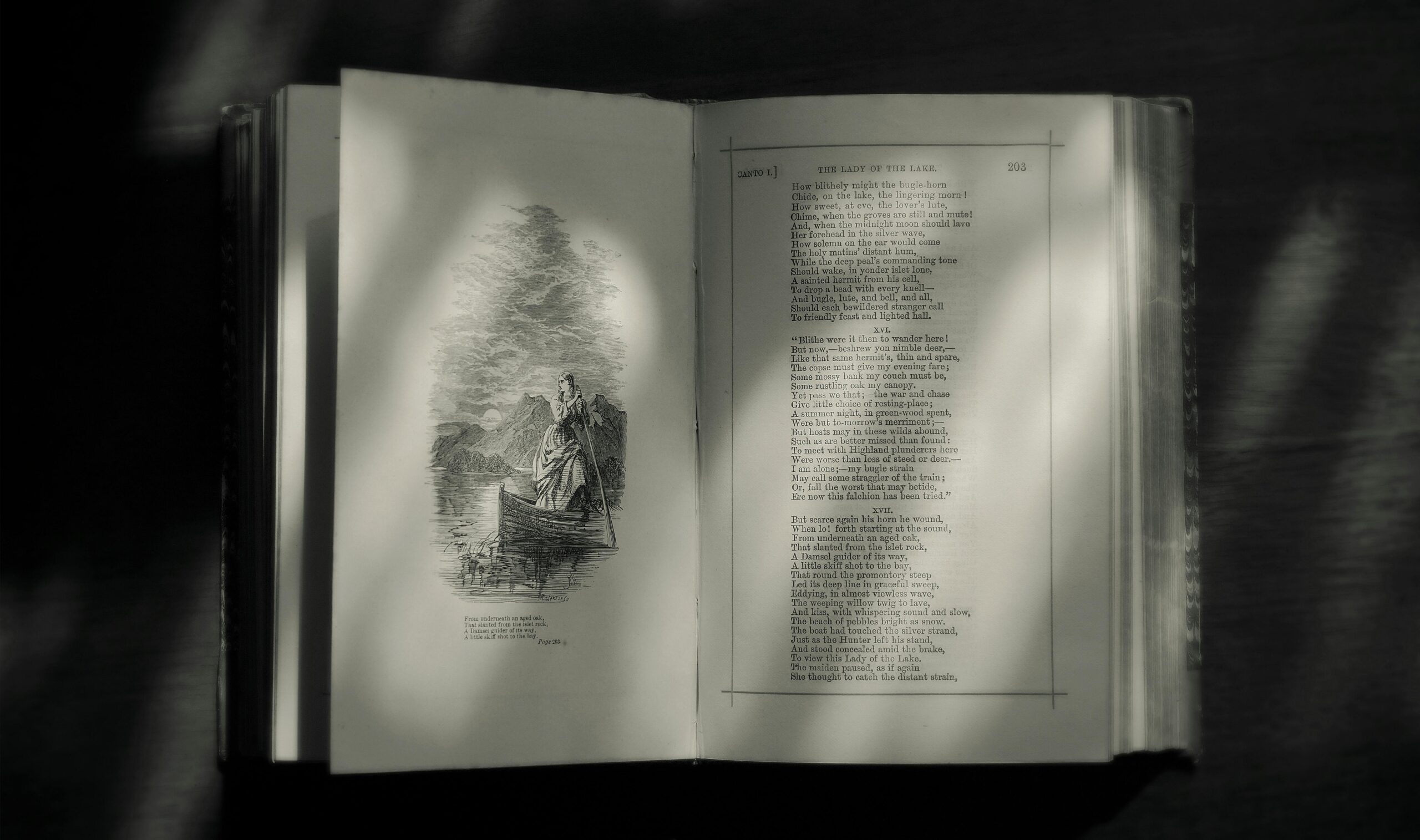In literature, silence speaks volumes.
It’s not always what characters say that holds the most meaning — sometimes, it’s what they don’t say. The pause, the glance away, the hesitation before a reply — these are the spaces where tension builds, emotions simmer, and truth often hides.
This article explores the power of literary pauses , how they shape character dynamics, reveal hidden emotions, and invite readers to read between the lines. Whether you’re a writer, reader, or simply someone who appreciates storytelling, understanding the role of silence and subtext can deepen your appreciation for narrative craft.
Let’s explore:
- Why authors use pauses and silences
- How to interpret emotional undertones in dialogue
- The art of reading between literary lines
- Real examples from classic and modern texts
Why Authors Use Pauses: The Power of Silence
In real life, pauses in conversation can signal hesitation, discomfort, thoughtfulness, or even deception. In literature, authors deliberately use these moments to evoke similar responses from readers.
1. To Build Tension
A well-placed pause can make a scene feel heavier, more suspenseful. Consider a character about to confess a secret — but hesitates just long enough to keep both the other characters and the reader on edge.
“He looked at her for a long moment, then turned away without a word.”
That silence tells us something is unresolved — and we lean in, eager to find out what comes next.
2. To Show Emotional Complexity
Characters rarely say exactly what they mean — especially when dealing with difficult emotions like grief, guilt, or love. A pause allows writers to show internal conflict without spelling everything out.
For example:
“Do you still love me?” she asked. He didn’t answer right away.”
We don’t need him to speak — his hesitation already tells us there’s uncertainty or fear behind his feelings.
3. To Reflect Realism
Real conversations aren’t perfectly scripted. People hesitate, trail off, and change their minds mid-sentence. Including pauses makes dialogue feel authentic and relatable.
Therefore, authors use silence not as an absence of speech, but as a tool to enhance realism and emotional depth.
Famous Literary Examples of Meaningful Pauses
Let’s look at some iconic moments where silence plays a key role:
Jane Austen – Pride and Prejudice
When Mr. Darcy proposes to Elizabeth Bennet for the first time, his prideful tone angers her. She refuses him sharply — and he leaves in stunned silence.
That silence isn’t empty — it’s filled with frustration, ego bruising, and the beginning of self-awareness for Darcy.
“His sense of her humiliation was acute. Every word brought with it a sting.”
The pause after his exit is powerful — and sets the stage for one of literature’s most satisfying character arcs.
F. Scott Fitzgerald – The Great Gatsby
Gatsby and Daisy share many charged silences throughout the novel — particularly during their reunion. One such moment occurs when Gatsby nervously shows off his mansion.
“There was a pause. It endured for perhaps five seconds.”
Five seconds may seem short, but in fiction, it feels like an eternity. That silence reveals the awkwardness, longing, and history between them.
Harper Laine – Between the Devil and the Deep Blue Sea
This modern YA novel uses silence to convey trauma and unspoken pain.
“She looked away. Not fast enough to hide the way her eyes had gone distant, like she’d been pulled backward into something she couldn’t escape.”
Here, the character’s silence conveys more than words ever could — and invites the reader to wonder what happened in her past.
Reading Between the Lines: Understanding Subtext
Reading between the lines means interpreting what’s implied , rather than stated outright. It’s a skill every engaged reader should cultivate — and it’s essential for understanding complex characters and layered narratives.
Here’s how to do it effectively:
1. Pay Attention to Body Language
Authors often pair pauses with physical cues:
- Looking away
- Clutching hands
- Swallowing hard
- Avoiding eye contact
These details tell you more than dialogue alone ever could.
Example:
“She nodded, but her fingers twisted the hem of her skirt.”
Even if she says she’s fine, her body language suggests otherwise.
2. Notice Dialogue Tags and Beats
Writers use descriptive beats (actions inserted into dialogue) to slow down or emphasize a moment.
“‘I told you I’m okay,’ she said, staring at the floor.”
That beat — staring at the floor — contradicts her words and hints at deeper emotion.
3. Interpret Tone Through Word Choice
Even in silent moments, word choice shapes tone.
Compare:
“He paused.” (Neutral)
“He faltered.” (Suggests uncertainty or struggle)
“He fell silent.” (Implies withdrawal or emotional distance)
Each variation paints a different picture — and guides your interpretation.
How to Interpret Emotions Hidden in Silences
Silence can mean many things depending on context. Here’s how to decode it:
Sometimes, silence is a shield. Other times, it’s a mirror — reflecting what the speaker cannot say aloud.
Therefore, the best readers learn to listen closely — not just to what’s spoken, but to what lingers in the space between.
For Writers: Crafting Meaningful Pauses
If you’re a writer looking to improve your craft, here’s how to use silence effectively:
1. Use Silence Strategically
Don’t fill every moment with dialogue. Let your characters breathe — and let readers sit with the tension.
2. Pair It With Action
Instead of saying a character is nervous, show it through a pause and a subtle gesture.
“She smiled, but didn’t meet his eyes.”
That brief silence before the smile tells us everything.
3. Let Readers Fill in the Gaps
Trust your audience to understand subtext. Don’t explain everything — leave room for interpretation.
As a result, your writing becomes more immersive and emotionally resonant.
Frequently Asked Questions
Q: Why do authors use pauses instead of explaining everything directly?
A: Because real people don’t always say exactly what they mean. Pauses add realism, emotional complexity, and allow readers to engage more deeply with the story.
Q: How can I get better at reading between the lines in literature?
A: Practice close reading — pay attention to dialogue tags, body language, and emotional shifts. Over time, you’ll start noticing patterns and implied meanings.
Q: Do all silences carry meaning in literature?
A: Not necessarily. Some are used for pacing or rhythm. But when paired with emotional cues, silence almost always carries weight.
Q: Can silence be a form of character development?
A: Absolutely. Characters who avoid answering questions or retreat into silence often reveal inner conflict, trauma, or growth over time.
Q: Should I always interpret silence as negative?
A: No! Silence can also indicate peace, reflection, intimacy, or contentment — it depends on the surrounding context.
Final Thoughts: The Unspoken Often Speaks Loudest
In literature — as in life — what’s left unsaid can be the most powerful part of any interaction.
Pauses, silences, and unspoken truths create space for reflection, empathy, and connection. They invite readers to lean in, think deeper, and feel more fully.
So the next time you’re reading a passage where a character falls silent, take a moment to ask yourself:
What happens in the pause?
Because sometimes, that’s where the real story begins.





